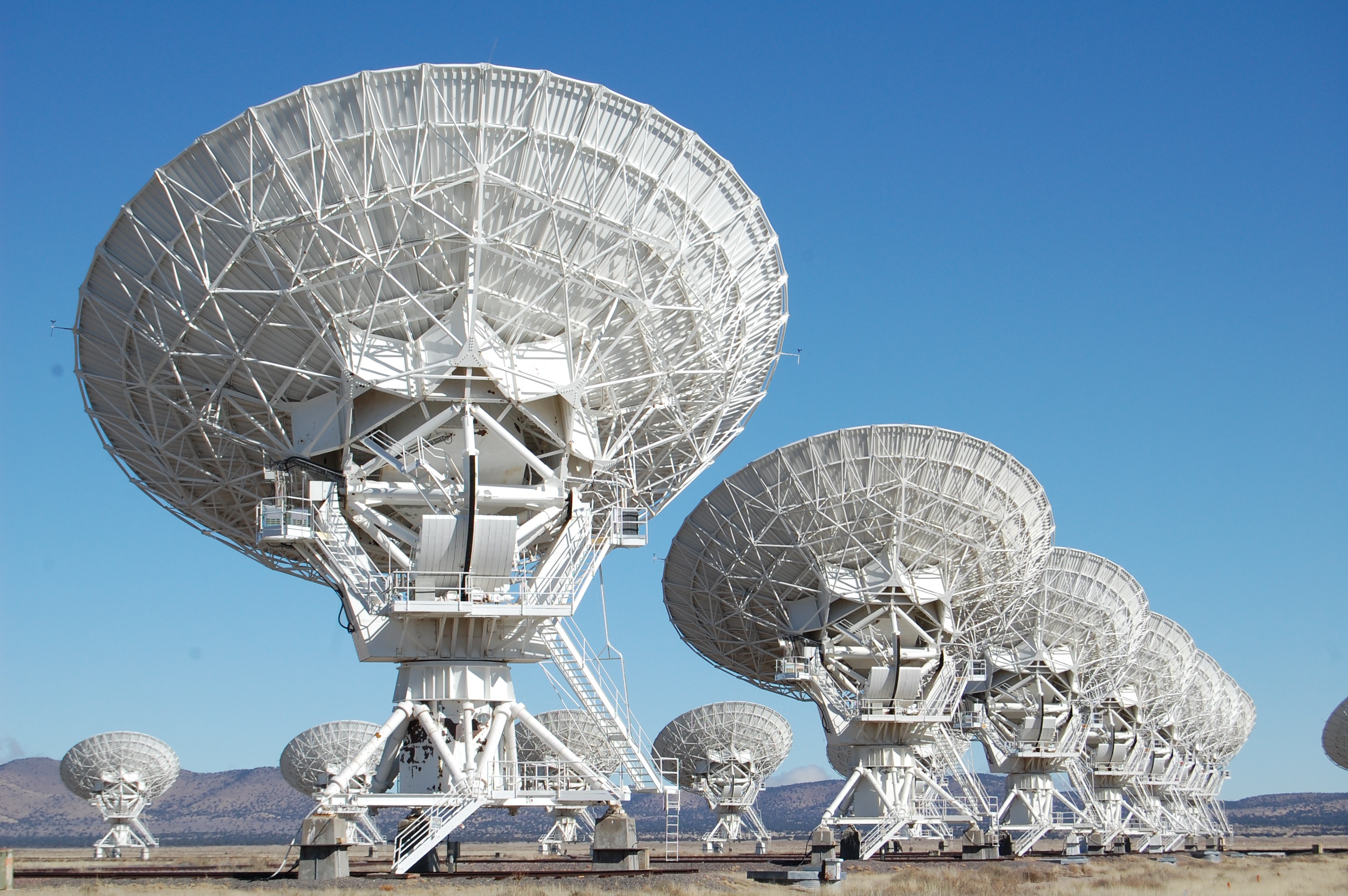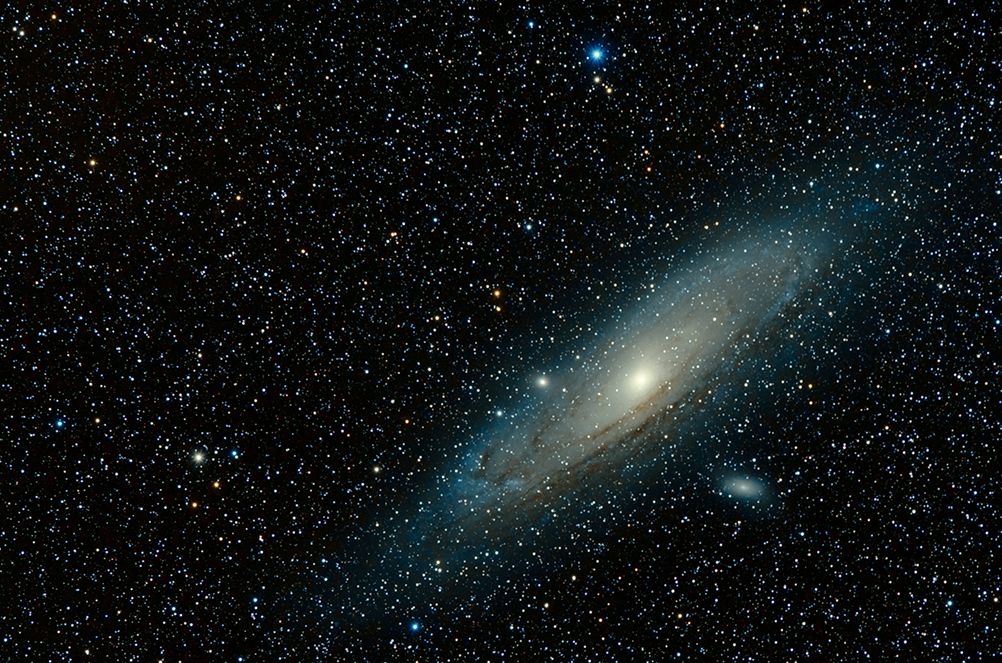SETI Institute
About SETI
The SETI Institute is a private, nonprofit organization located in Mountain View, California between Silicon Valley and San Francisco. Scientists in the Carl Sagan Center at the SETI Institute address questions such as:
- How many planets exist that might support life?
- What is required for life to exist?
- How does life start?
- How does it evolve, and what fabulous creatures can evolution produce?
- How often do intelligent creatures appear in the giant tapestry of life?
The center brings together leading researchers in astrobiology. Astrobiology uses modern science to seek answers to the age-old questions: Where did we come from? And are we alone?
Our work at SETI
The SETI Institute team focuses on a wide set of disciplines ranging from observing and modeling the precursors of life in the depths of outer space to studies of Earth and its rich biological history. They seek to understand the concept of habitability, on our planet and elsewhere in the solar system.
Many of our scientists participate as investigators in NASA space flight missions, as observers on some of the world’s finest telescopes, and as explorers probing life in inhospitable environments, including the Arctic, Antarctic, high mountains and the depths of the sea.
Appropriate to the sweeping scope of this research, we have many partners including NASA, the National Science Foundation, and major universities.
SUMMER RESEARCH OPPORTUNITIES
Research at the Center for SETI utilizes the Allen Telescope Array near Mt. Shasta, California to listen for signs of intelligent life in the universe.
Research and development efforts at the Center for SETI include the development of new signal processing algorithms, new search technology, and new SETI search strategies that are then incorporated into specific observing projects. The algorithms and technology developed in the lab are first field-tested and then implemented during observing.
The observing results are used to guide the development of new hardware, software, and observing facilities. The improved SETI observing projects in turn provide new ideas for research and development. This cycle leads to continuing progress and diversification in our ability to search for extraterrestrial signals.

MORE ABOUT SETI
Previous Summer Research at SETI Includes:
- Remote Exploration: Understanding Martian Surface Processes
(Sarah M. Bass, Virginia C. Gulick, Natalie Glines, Patrick Freeman)
- Detecting Non-Seismic Precursor Earthquake Signals Using Tree Antennas
(Jaqueline O. Lopez) - Implementation of Planetary Protection Requirements on Robotic Missions
(Lauren Tran)

